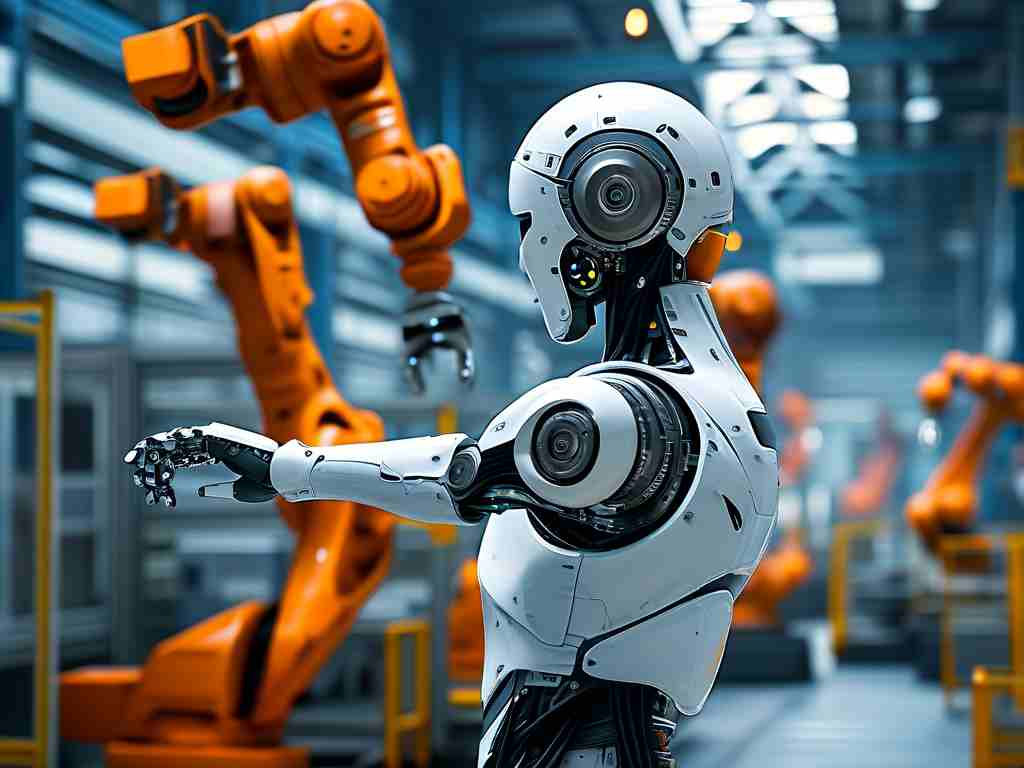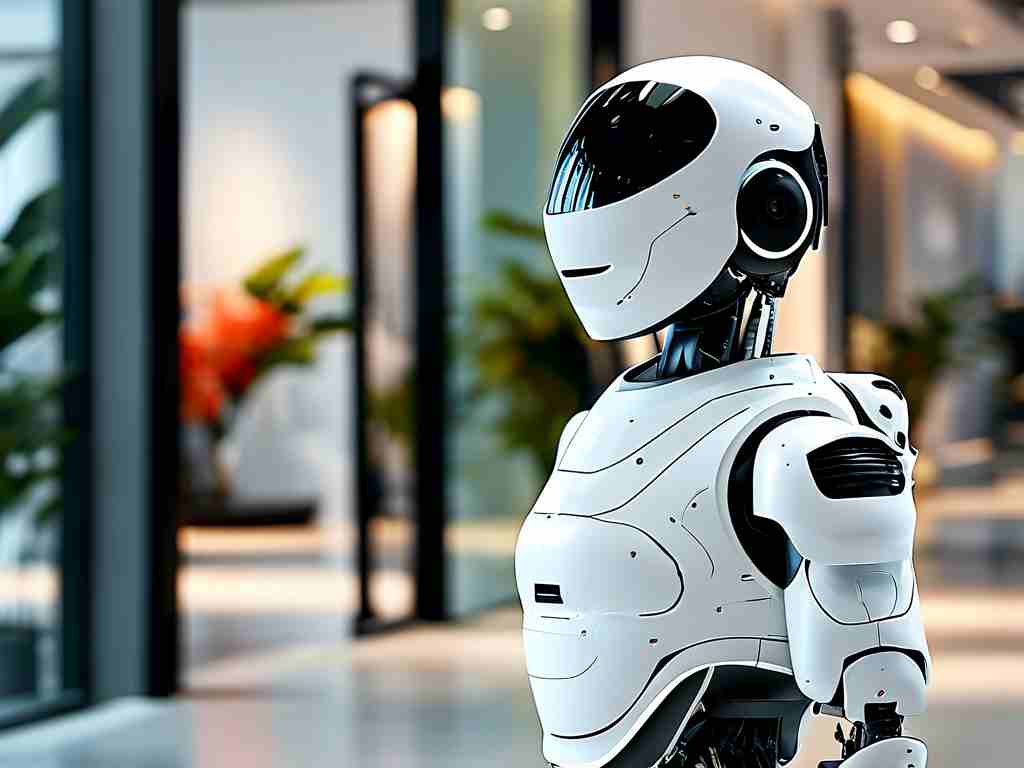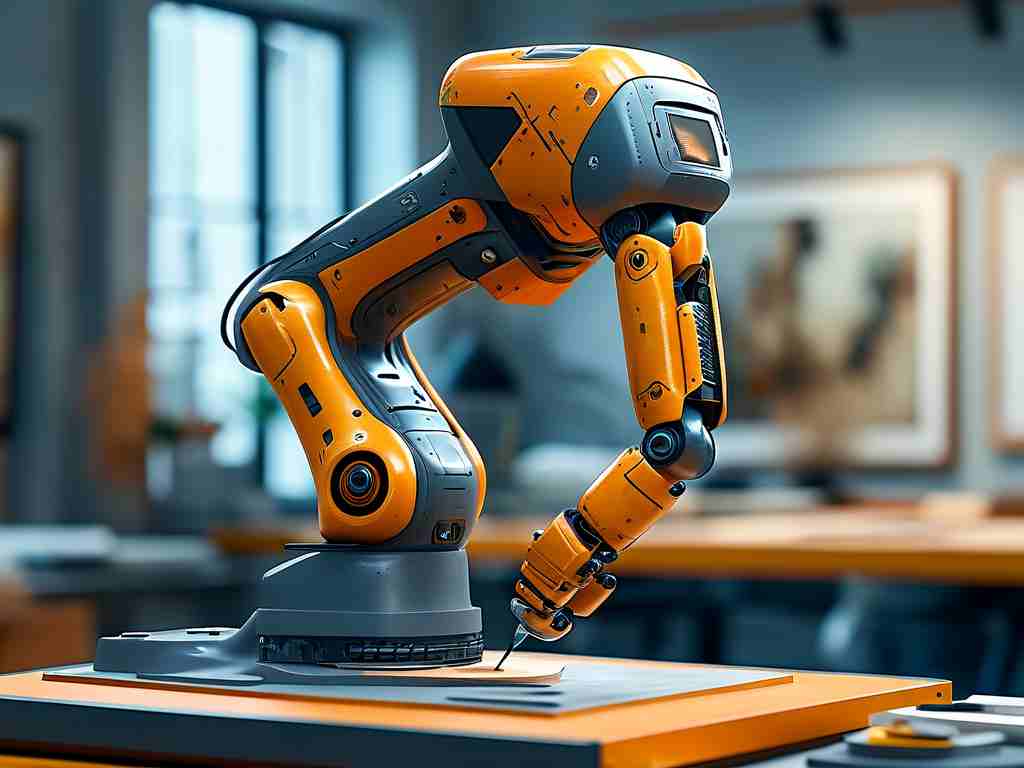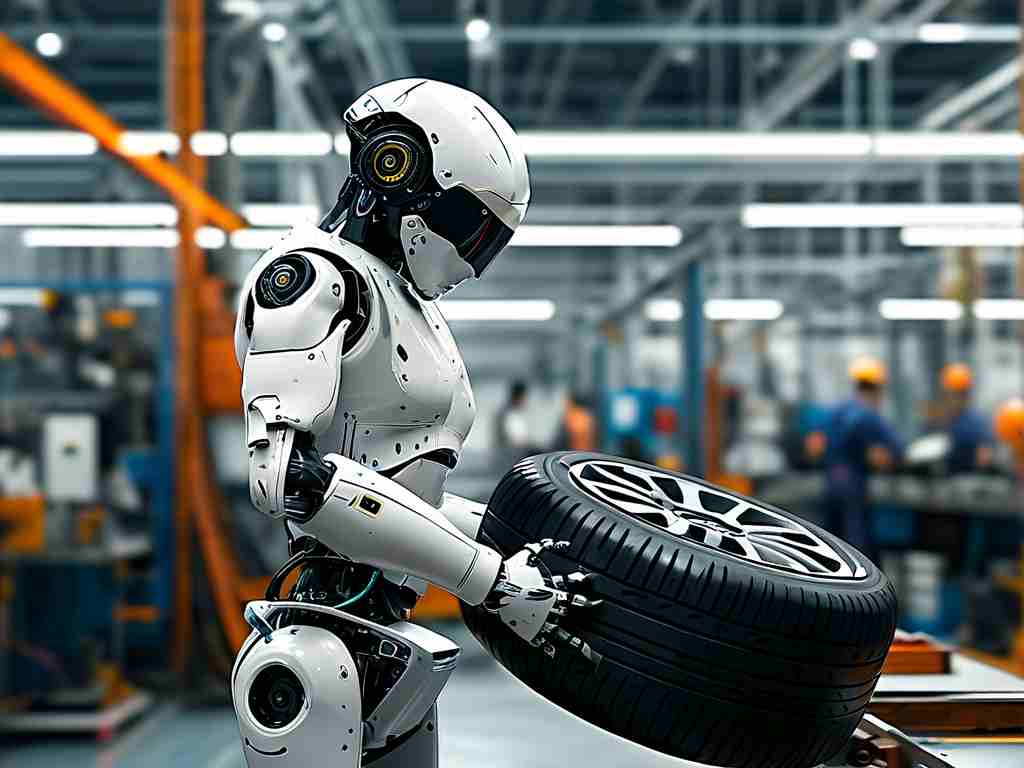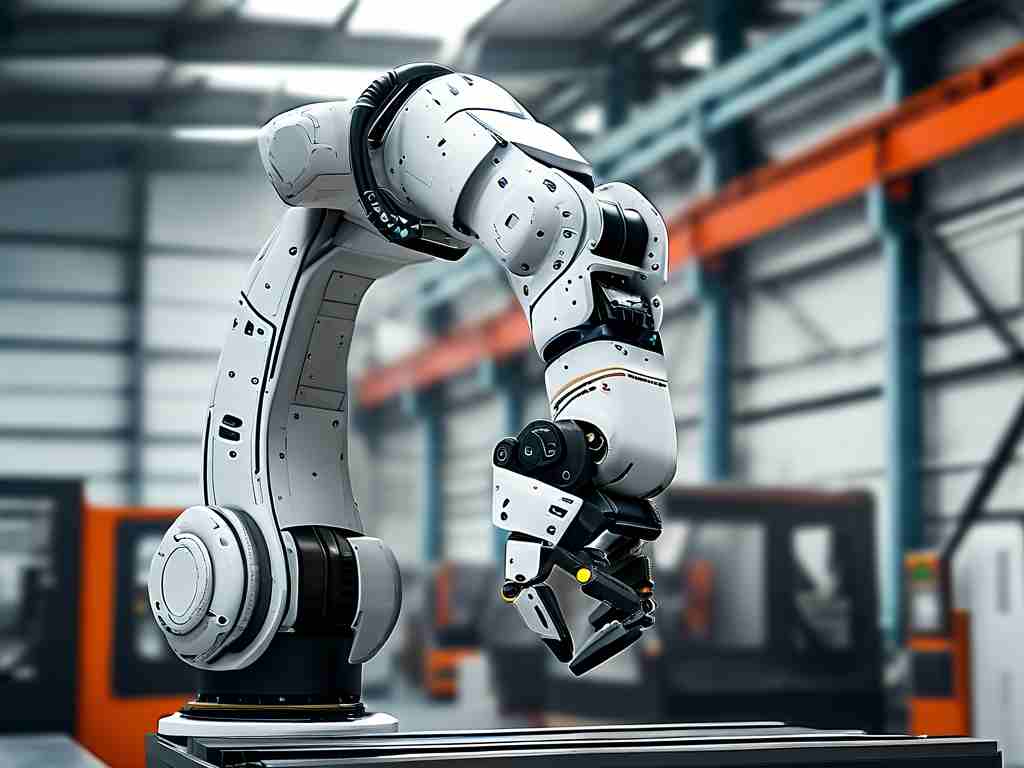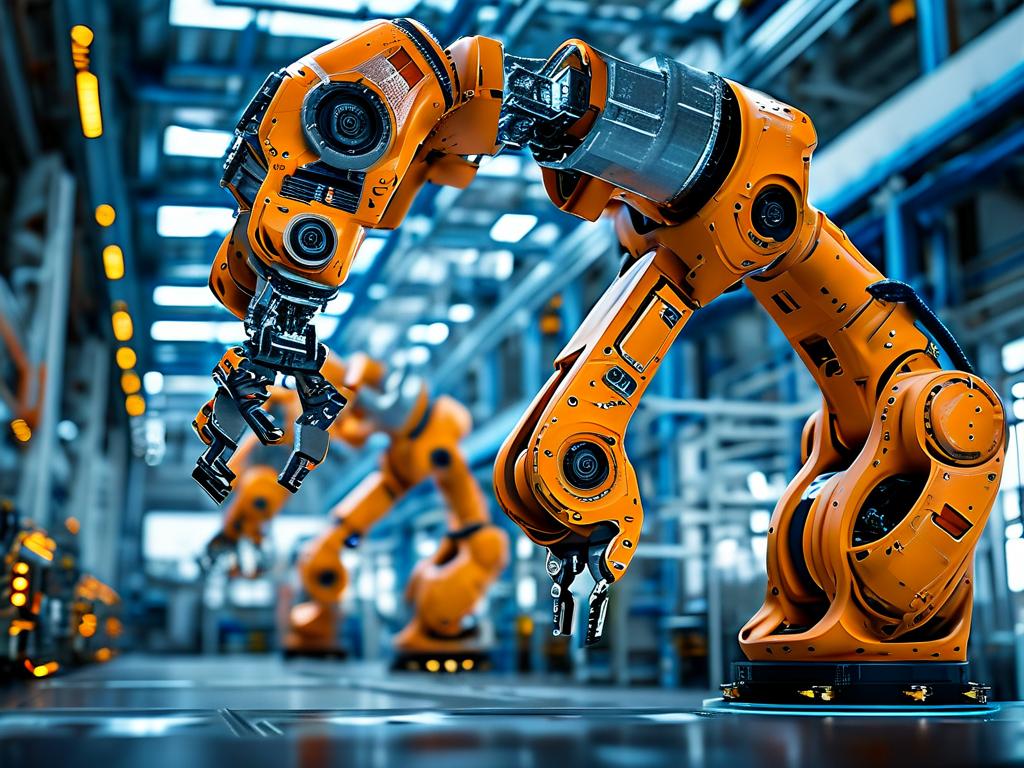Spherical robotics represents a groundbreaking advancement in mobile automation, combining innovative engineering with adaptive mobility solutions. These sphere-shaped machines leverage their unique geometry to navigate complex environments, offering distinct advantages over conventional robotic designs. This article examines the underlying technology, operational principles, and practical applications driving this emerging field.

The spherical robot’s architecture revolves around three core components: the exterior shell, internal drive mechanism, and control system. The outer casing, often constructed from carbon fiber or polycarbonate blends, provides structural integrity while enabling smooth rolling motion. Modern designs incorporate tessellated patterns to optimize weight distribution and impact absorption. Within this protective layer lies the propulsion system – a critical element differentiating various models. Some implementations use counterweighted pendulums controlled by servo motors to shift the sphere’s center of mass, while others deploy gyroscopic stabilizers paired with friction wheels that press against the inner shell surface.
Power management poses significant design challenges due to spatial constraints. Engineers employ lithium-polymer batteries with smart energy allocation systems, prioritizing power to navigation sensors during movement cycles. Recent prototypes integrate wireless charging coils into the shell structure, enabling contactless power replenishment from compatible surfaces – a feature particularly valuable for industrial inspection robots operating in hazardous environments.
Sensor integration demands creative solutions to handle constant rotational movement. Advanced models combine micro-electromechanical systems (MEMS) with machine learning algorithms to process data from accelerometers and gyroscopes. For environmental awareness, some units utilize rotating LiDAR modules mounted on gimbal systems, maintaining stable scanning despite the shell’s motion. Thermal imaging cameras with auto-orientation software further enhance functionality for search-and-rescue operations.
The control architecture employs hybrid processing units that merge real-time kinematic calculations with higher-level decision-making algorithms. A typical command chain involves:
- Environmental data acquisition through sensors
- Motion path simulation via digital twin modeling
- Actuator adjustment commands executed through PID controllers
Practical applications demonstrate spherical robotics’ versatility:
- Planetary Exploration: Space agencies test spherical probes for traversing Martian terrain, utilizing their natural momentum conservation for efficient movement
- Urban Infrastructure Maintenance: Pipe inspection models navigate underground networks, transmitting 3D maps of structural defects
- Disaster Response: Shock-resistant variants maneuver through earthquake debris, equipped with gas sensors and two-way communication systems
A comparative analysis reveals distinct advantages over traditional designs:
| Feature | Spherical Robot | Wheeled Robot |
|----------------|-----------------|---------------|
| Obstacle Navigation | Roll-over capability | Limited by wheel size |
| Energy Efficiency | Momentum-based movement | Constant motor engagement |
| Surface Adaptability | Works on sand, gravel, slopes | Requires flat terrain |
Despite these benefits, technical hurdles persist. Directional control during high-speed motion remains complex, requiring precise torque modulation across multiple actuators. Researchers are experimenting with magnetorheological fluid systems that dynamically adjust internal resistance, enabling sharper turns without sacrificing stability.
Material science innovations continue pushing performance boundaries. A recent breakthrough involves graphene-enhanced shells that combine flexibility with electromagnetic shielding properties. Such developments expand potential military applications, including electronic warfare scenarios where conventional robots would suffer circuit damage.
The commercial sector sees growing adoption in security and logistics. Warehouse management systems deploy spherical robots for inventory tracking, utilizing their omnidirectional movement to navigate tight aisles. Retail experiments show promise for customer service applications, with interactive models guiding shoppers while collecting heatmap data on product interest.
Ethical debates emerge regarding surveillance capabilities. Privacy advocates highlight risks associated with 360-degree camera systems and unrestricted mobility, prompting calls for geofencing mandates and data encryption standards. Regulatory bodies in the European Union now require audible motion alerts for public-space deployments.
Future development trajectories point toward multi-modal systems. Experimental hybrid prototypes demonstrate amphibious capabilities, transitioning between rolling and submersible modes for coastal research missions. Energy harvesting innovations aim to integrate solar cells into transparent shell segments, creating self-sustaining units for long-duration environmental monitoring.
As manufacturing techniques evolve, 4D printing enables shells that alter surface texture in response to environmental stimuli. This technology allows automatic traction adjustment on icy surfaces or muddy terrain, significantly expanding operational ranges. Collaborative research between roboticists and biologists explores bio-inspired designs mimicking armadillo rolling mechanisms and tumbleweed seed dispersion patterns.
In , spherical robotics redefines mobile automation through its symbiotic blend of mechanical elegance and computational sophistication. While challenges in precise control and energy density persist, ongoing advancements in AI-driven navigation and smart materials promise to overcome current limitations. As these systems mature, they stand poised to revolutionize industries from deep-sea exploration to personalized healthcare, ultimately reshaping humanity’s interaction with intelligent machines.


